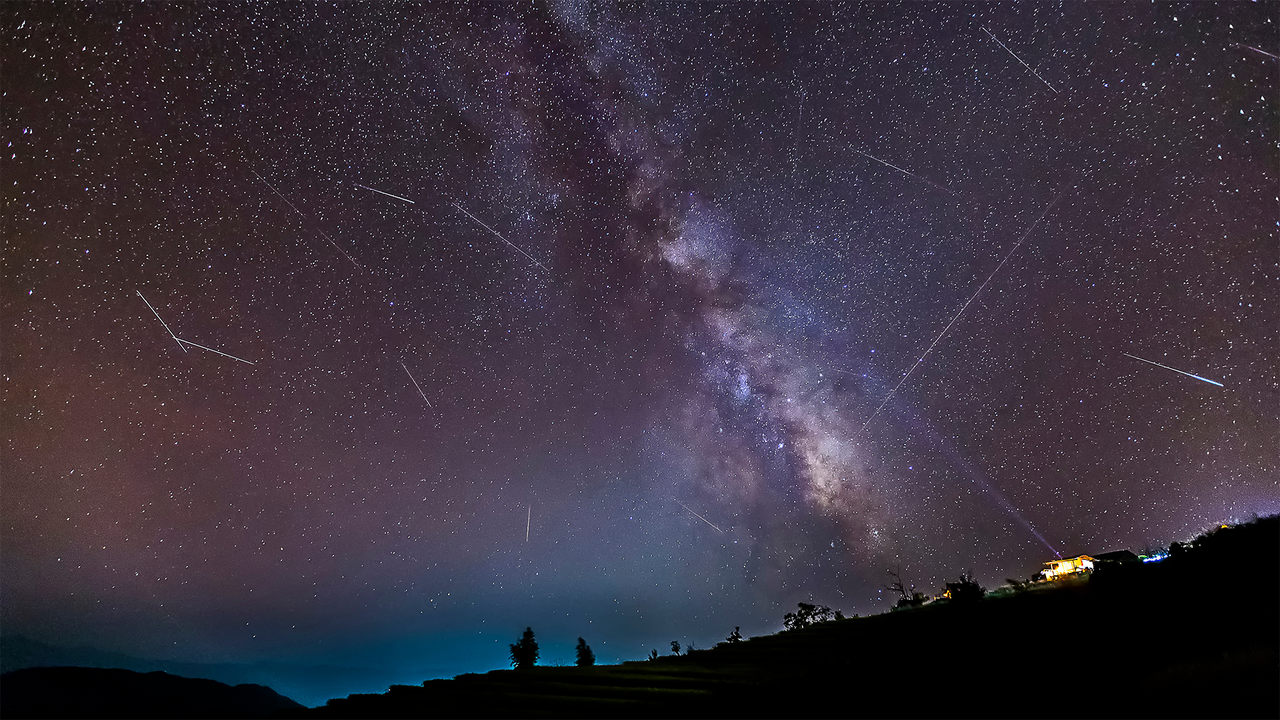The annual Taurid meteor shower, often dubbed the “Halloween fireballs”, is more than just a spectacular autumn sky show. University of New Mexico (UNM) researchers have found new evidence suggesting increased risk of cosmic impacts or airbursts during upcoming Taurid events in 2032 and 2036. This discovery could have significant implications for planetary defense and public safety.

Each year, from late October through early November, the Taurids grace the skies, radiating from the constellation Taurus. These bright, slow-moving meteors occasionally produce large fireballs visible even in urban areas. According to the UNM study, certain years—like 2032 and 2036—may see an increased risk of larger cosmic objects entering the atmosphere, potentially resulting in impactful airbursts. Researchers urge astronomers and skywatchers alike to stay vigilant, as monitoring these events could provide crucial data on future impact threats.
What Are Halloween Fireballs?
The Taurids are known for their unusually bright meteors, earning the nickname “Halloween fireballs.” While most years the event passes without incident, every few decades Earth passes through a denser region of debris, increasing the chances of something bigger making contact. The UNM research adds weight to the importance of continued study and preparedness during these peak years.
Looking Ahead
While there’s no immediate cause for alarm, it’s wise for scientists and the public to be aware of these predictions. Staying informed can help minimize risk and maximize our understanding of these cosmic visitors.
















